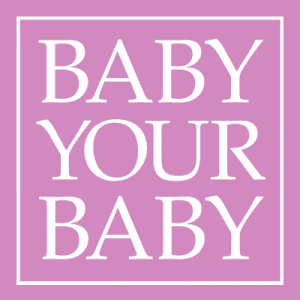It is inversion season again in Utah and we are seeing more poor-air-quality days. At the Pregnancy Risk Line, MotherToBabyUT.org, we have reviewed over 25 research articles on the possible effects of poor air quality on pregnancy.
All of the articles we have reviewed so far have had challenges with the research methodology. For example, there are many assumptions about the actual exposure to pollution and particulates.
We don’t believe that poor air quality is healthy. But we have not seen enough high-quality evidence to definitively state that poor air quality causes birth defects or poor pregnancy outcomes. We may have that evidence one day, but we don’t have it today.
Even if we take the studies at face value, we have to keep the possible risks in perspective. For example, one study notes the risk of preterm birth from high ozone (03) exposure as 1.03. Keep in mind that the risk of preterm births from long work hours is up to 2.0.
Medical residents have a risk of preterm labor of 4.0. High-risk pregnancies and pregnancies without prenatal care have a risk of preterm birth up to 14. African American women have risk of preterm birth of 17.
Based on current research we have so far, poor air quality is not expected to increase the risk of birth defects or other poor pregnancy outcomes. During poor air quality days, pregnant and breastfeeding moms who have respiratory problems like asthma and allergies are encouraged to reduce exercise time and avoid exercising near high-traffic roads.
Everyone can leave a smaller carbon footprint for pregnant moms and babies by driving less, walking more, and using mass-transportation options.
Pregnant and breastfeeding moms should talk to their primary care provider if they have continued or recurring coughing, wheezing or eye, nose, or throat irritation on poor air quality days.
For details about air quality and other exposures, contact MotherToBaby.org.

 Free info for you and your baby! Text BABY to 511411
Free info for you and your baby! Text BABY to 511411